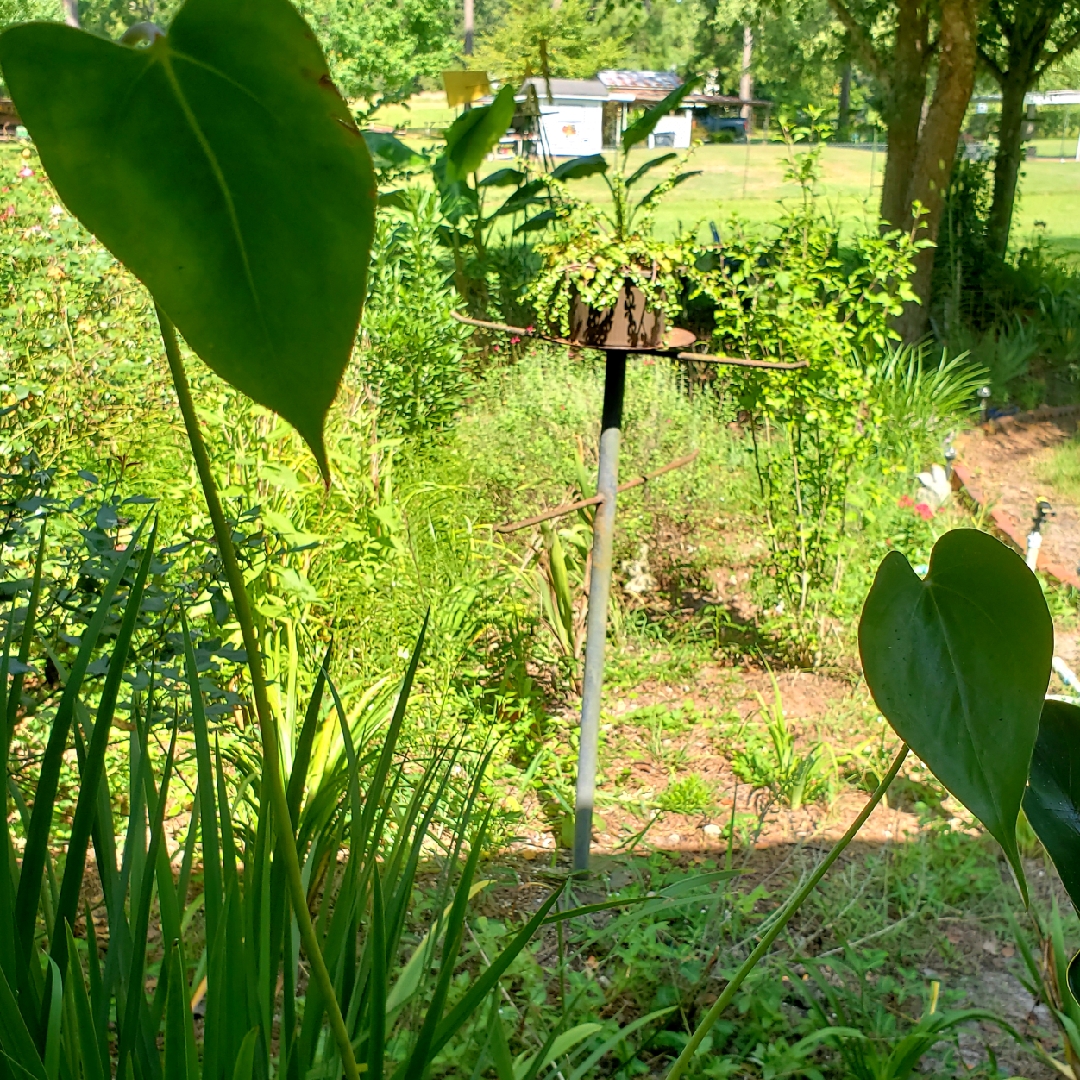
Philodendron pastazanum
Philodendron pastazanum
The two popular types of Philodendron are climbers and non-climbing varieties. The climbers, are suited to the average room as long as you provide firm support for the stems. The climbing Philodendrons produce aerial roots from the stems. Most of the non-climbers are capable of growing into immense plants with large, deeply lobed leaves. These are more suited to buildings with large open spaces. Average warmth is required, not less than 55F in winter. Philodendron pastazanum bears heart shaped, white-veined, glossy leaves that, when mature, can reach well over 30cm in diameter. As it matures it forms a clump. Each plant measures approx 25cm in height, and has one leaf
-
Partial shade
-
Very little water
-
Not Frost hardy
-
Moist and free draining
Common name
Philodendron pastazanum
Latin name
Philodendron pastazanum
type
Perennial
family
Araceae
ph
5.0 - 7.0 Acid - Neutral
Plant & bloom calendar
-
Best time to plant
full grown dimensions
 0.30 M
0.25 M
0.30 M
0.25 M
Philodendron pastazanum
The two popular types of Philodendron are climbers and non-climbing varieties. The climbers, are suited to the average room as long as you provide firm support for the stems. The climbing Philodendrons produce aerial roots from the stems. Most of the non-climbers are capable of growing into immense plants with large, deeply lobed leaves. These are more suited to buildings with large open spaces. Average warmth is required, not less than 55F in winter. Philodendron pastazanum bears heart shaped, white-veined, glossy leaves that, when mature, can reach well over 30cm in diameter. As it matures it forms a clump. Each plant measures approx 25cm in height, and has one leaf
Planting
From Early Spring TO Early Spring
Plant in a location with bright, indirect sunlight. Position near to a window where direct sunlight cannot touch the foliage. If the plant gets too much light, the leaves will begin to turn yellow. If the stems are long and leggy without plenty of leaves, the plant is most likely to be receiving insufficient light.
Propagation
From Early Summer TO Late Summer
Cuttings require warm conditions. In summer, take stem cuttings or air layer the climbing varieties. With non-climbing varieties, shoots taken from the base of the stem can be used as cuttings.












